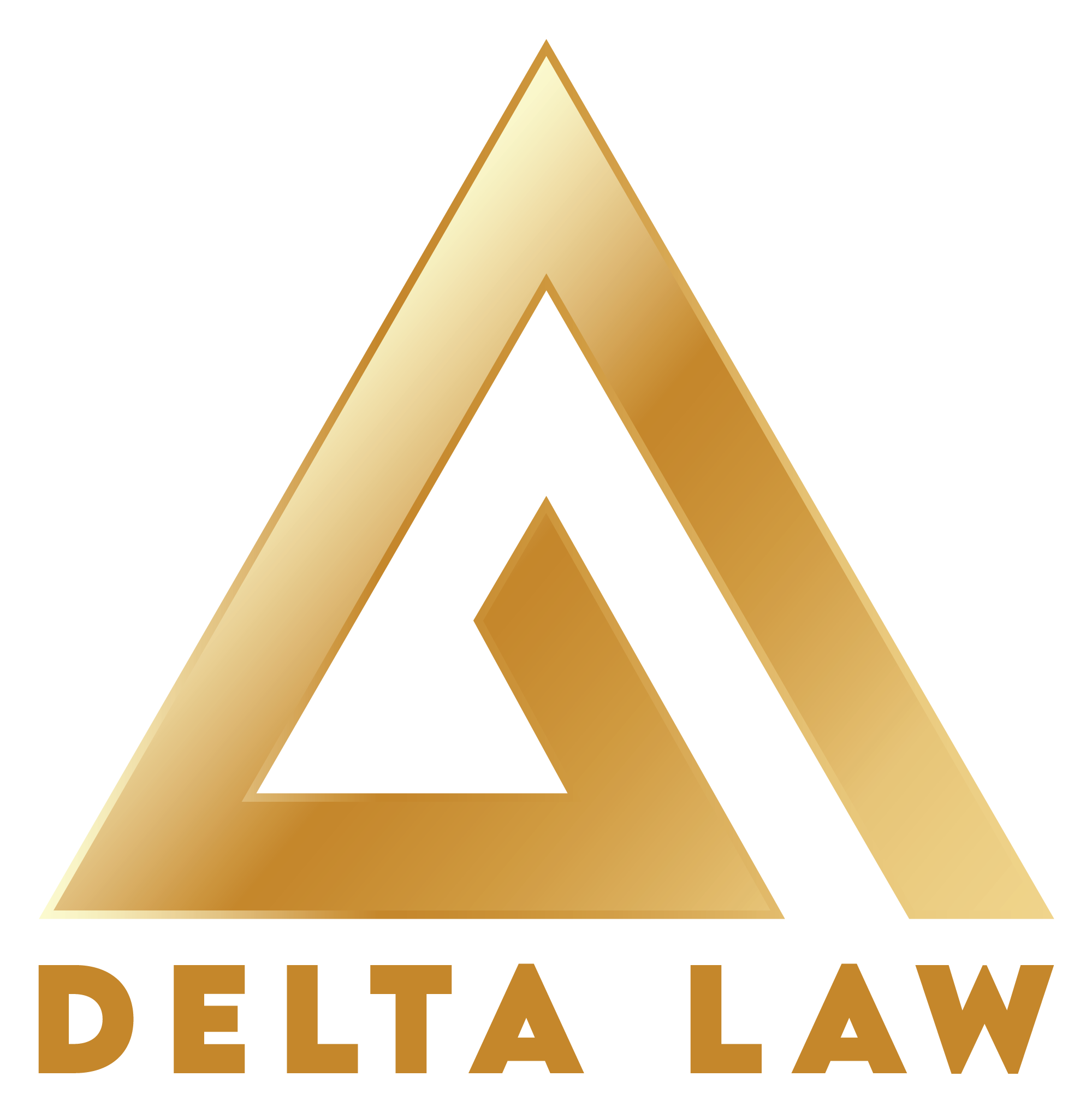Exploring Business Structures in Ontario and Alberta: A Comprehensive Guide

When starting a business in Ontario or Alberta, one of the crucial decisions entrepreneurs must make is choosing the appropriate business structure. The chosen structure not only affects legal and financial aspects but also influences operational flexibility and potential for growth.
Sole Proprietorship: Simplicity and Control:
A sole proprietorship is the most straightforward business structure, offering ease of setup and complete control to the owner. While it requires minimal regulatory requirements and provides direct tax reporting, the sole proprietor remains personally liable for the business's debts and obligations.
Partnership: Collaboration and Shared Liability:
Partnerships allow multiple individuals or entities to join forces and operate a business together. Partnerships offer the advantage of shared decision-making and shared profits and losses. However, it is essential to have a well-drafted partnership agreement that outlines the responsibilities, profit-sharing arrangements, dispute resolution mechanisms, and the allocation of liability among partners.
Corporation: Separate Legal Entity and Limited Liability:
Incorporating a business as a corporation creates a separate legal entity from its shareholders. The primary advantage is limited liability protection, safeguarding personal assets from business debts and liabilities. Corporations also offer potential tax advantages, easier access to capital through share issuance, and perpetual existence. However, corporations are subject to more complex setup and ongoing compliance requirements, including governance, reporting, and regulatory obligations.
Limited Liability Partnership (LLP): Shared Liability Protection:
An LLP combines elements of partnerships and corporations, allowing partners to enjoy limited liability protection. General partners remain personally liable for the partnership's obligations, while limited partners have liability limited to their invested capital. LLPs are suitable for professional service providers, such as law firms and accounting practices.
Limited Partnership (LP): Balancing General and Limited Partners:
Limited partnerships consist of general partners with unlimited liability and limited partners with liability limited to their investment. This structure is commonly used for investment or real estate ventures. General partners assume management responsibilities, while limited partners enjoy passive participation. LPs require a well-drafted limited partnership agreement and compliance with regulatory requirements.
Cooperative: Collaborative Ownership and Benefits:
Cooperatives are owned and operated by their members, who share in the profits and benefits based on their involvement. This structure emphasizes democratic decision-making, member participation, and shared responsibility. Cooperatives require clear bylaws, membership agreements, and governance structures to ensure effective operation and equitable benefits distribution.
Selecting the right business structure in Ontario or Alberta is a critical decision for entrepreneurs. Each structure has its advantages and considerations, including liability protection, control, taxation, regulatory compliance, and operational flexibility. Consulting with a knowledgeable lawyer specializing in business law can provide valuable guidance throughout the process. By understanding the nuances of each structure and considering the legal implications, entrepreneurs can make informed decisions and lay a strong foundation for their business ventures.
